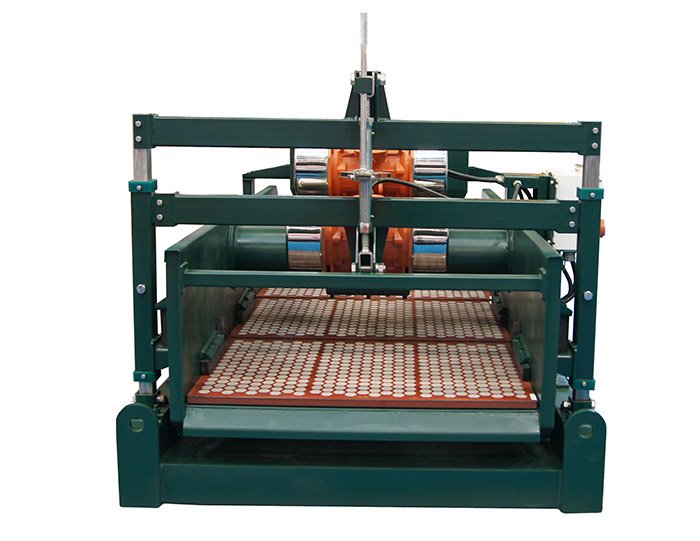The Role of Desliming Hydrocyclones in Mineral Processing
In the world of mineral processing, the efficiency of separation processes is crucial for the successful extraction of valuable minerals. Among various separation technologies, desliming hydrocyclones have emerged as a vital tool in the initial stages of mineral processing. This article delves into the functioning, advantages, and applications of desliming hydrocyclones, highlighting their role in enhancing the efficiency of mineral recovery.
Understanding Hydrocyclones
A hydrocyclone is a separation device that uses centrifugal force to separate particles in a liquid mixture based on size and density. It typically consists of a cylindrical body with a conical bottom, where the feed slurry is introduced tangentially. As the slurry enters the hydrocyclone, it experiences a rapid rotation, creating centrifugal forces that push denser particles towards the walls, while lighter particles move towards the center and exit through the overflow.
Desliming hydrocyclones are specially designed to remove fine particles—generally referred to as slimes—primarily consisting of material smaller than 20 micrometers. The main goal of desliming is to improve the efficiency of downstream processes by reducing the amount of fine material that can hinder separation and processing operations.
The Desliming Process
The desliming process using hydrocyclones involves several key steps. First, the feed slurry containing valuable minerals alongside finer, deleterious materials is prepared. The slurry\'s characteristics, including particle size distribution and viscosity, are crucial for optimizing the hydrocyclone\'s performance.
Once the slurry is fed into the hydrocyclone, the centrifugal force generated inside the device plays a pivotal role. Fine particles, or slimes, tend to be less dense and, as a result, are carried away in the overflow stream, while coarser, heavier particles settle and are discharged through the underflow. This separation enables efficient handling of materials, allowing for enhanced recovery of valuable minerals in subsequent processing stages.
Advantages of Desliming Hydrocyclones
The utilization of desliming hydrocyclones offers numerous advantages in mineral processing
desliming hydrocyclone
1. Enhanced Recovery By removing fine slimes early in the processing circuit, hydrocyclones increase the overall recovery rate of valuable minerals. This leads to higher production yields and lower operational costs.
2. Reduced Equipment Wear Finer particles can cause excessive wear and tear on downstream equipment such as flotation cells and gravity concentrators. By effectively removing these slimes, hydrocyclones help minimize maintenance and operational disruptions.
3. Space Efficient Hydrocyclones occupy a smaller footprint compared to traditional separation equipment, making them ideal for operations where space is a constraint.
4. Versatile Application Desliming hydrocyclones can be used across a wide range of mineral applications, including gold, iron ore, copper, and coal processing. Their adaptability makes them an essential component in various processing lines.
5. Low Energy Consumption These devices operate with relatively low energy input compared to mechanical separation methods, contributing to more sustainable mineral processing operations.
Applications in Mineral Processing
Desliming hydrocyclones are widely used in numerous mineral processing operations. In gold processing, for example, they help in pre-concentrating ores by removing ultra-fine slimes that can interfere with the recovery processes. In iron ore beneficiation, hydrocyclones effectively classify and deslime the feed material, optimizing the quality of the concentrate produced.
Moreover, the use of hydrocyclones is not limited to metallic minerals; they are also employed in coal processing, where they help in separating fine ash and impurities from the coal slurry, improving the quality of the final product.
Conclusion
The integration of desliming hydrocyclones into mineral processing operations represents a significant advancement in achieving efficient separation and recovery of valuable minerals. Their ability to reduce slimes and enhance downstream processes makes them indispensable in modern mineral processing. As the industry continues to evolve, the role of hydrocyclones will undoubtedly expand, driving innovations in sustainable and efficient mineral extraction practices.
 Linear Motion Shale Shaker In Drilling Rig
Linear Motion Shale Shaker In Drilling Rig  Oilfield Mud Cleaner
Oilfield Mud Cleaner  Drilling Fluid Decanter Centrifuge
Drilling Fluid Decanter Centrifuge  Drilling Mud Desander
Drilling Mud Desander  Hydrocyclone Desilter
Hydrocyclone Desilter  Centrifugal Pump/Centrifugal Mud Pump
Centrifugal Pump/Centrifugal Mud Pump  Shear Pump
Shear Pump  Jet Mud Mixer
Jet Mud Mixer  Horizontal Mud Agitator
Horizontal Mud Agitator  Constant Pressure Drilling Fluid Mud Gas Separator
Constant Pressure Drilling Fluid Mud Gas Separator  Mud Gun
Mud Gun  Mud Tank
Mud Tank  Solids Control System Vacuum Degasser
Solids Control System Vacuum Degasser  Flare Ignition Device
Flare Ignition Device  Diesel Tank
Diesel Tank  Submersible Slurry Pump
Submersible Slurry Pump 






































